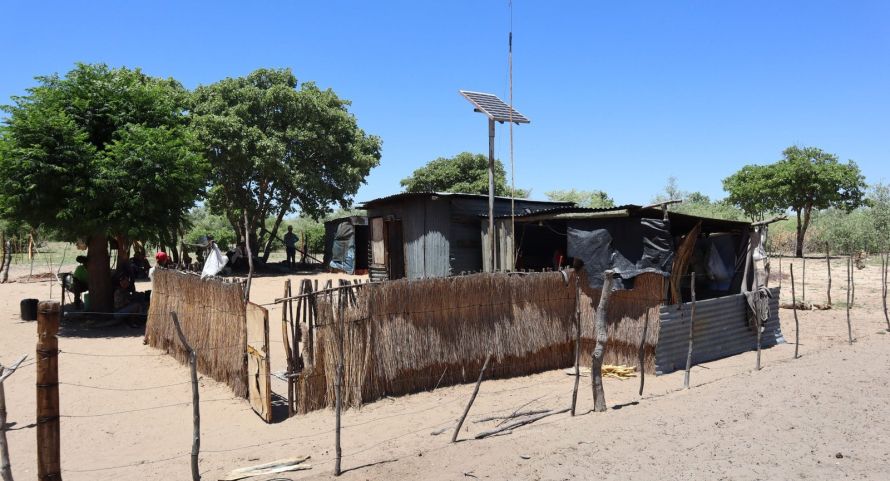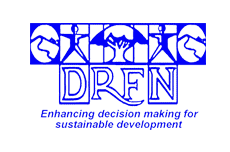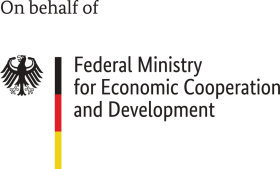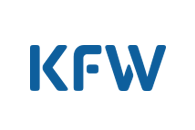Electrifying San communities with solar energy

The challenge
Namibia has made great strides in electrification. Overhead power-lines now connect many regions. However, 47 percent1 of people still lack access to electricity, especially in rural, sparsely-populated areas. This is especially true for ethnic minorities, such as the indigenous San communities, who are among the most marginalised groups in the country. They rely on candles and batteries, and on firewood which is becoming increasingly scarce in the Omaheke region. As the region is very remote, and the San live a partly nomadic lifestyle, it is unlikely that the communities will be connected to the electricity grid in the foreseeable future. Solar energy could fill the gap, especially since solar radiation is excellent in large parts of the country.
The goal
For this reason, the Desert Research Foundation of Namibia (DRFN) wants to improve energy access for the San community in a total of five villages in the communities of Donkerbos and Sonnenblom, which are located about 260 kilometres from the regional capital of Gobabis. To this end, DRFN plans to equip 90 households, as well as the local flu and mobile clinic, with solar home systems. Ten San women will be responsible for the long-term maintenance of the systems, and two irrigation gardens will provide the communities with fruit and vegetables throughout the year.
Our partner
The Desert Research Foundation is a Namibian non-governmental organisation which is committed to sustainable development, especially for marginalised population groups. In doing so, DRFN focuses on better education and the use of renewable energies, e.g. to disseminate information on integrated water management. Since 2007, DRFN has been working with the municipality of Donkerbos, as a partner of the Ministry of Agriculture, Forestry and Land Reform.
The approach
To achieve its goals, the foundation aims to equip 90 households, and thus the majority of the population living in Donkerbos and Sonnenblom, with small, independent solar home systems. These consist of a solar panel installed on the ground, an inverter and a battery. Each system has two power-outlets and three energy-saving lamps, which households can use to meet their basic electricity needs for lights, mobile phones, and other small devices.
In addition, DRFN plans to electrify the local flu and mobile clinic, equipping the latter with a refrigerator. Furthermore, the foundation will install 25 solar streetlights in the five village areas to minimise the risk from wild animal attacks or snake bites.
To ensure that the systems are regularly maintained, the project will train ten women from the community in their installation and maintenance. A basic course and a refresher course are planned for this purpose: this should minimise dependence on external maintenance companies, but also provide the women with a small income. DRFN supports the women in establishing a women’s co-operative and trains their management skills.
Based on the communities’ respective wishes, at the end of the project, and together with the residents, DRFN would also like to revive two already existing boreholes – one is located in Donkerbos, the other in the neighbouring village of Pietsepos – with solar energy and to plant an irrigation garden next to each. Irrigation will allow fruit and vegetables to be grown all year round, regardless of periods of drought. Around 40 community members are to be trained in the cultivation method and will then run the garden collectively.
Omaheke Region
Electrification & social infrastructure
San community
07/2022 – 09/2023



